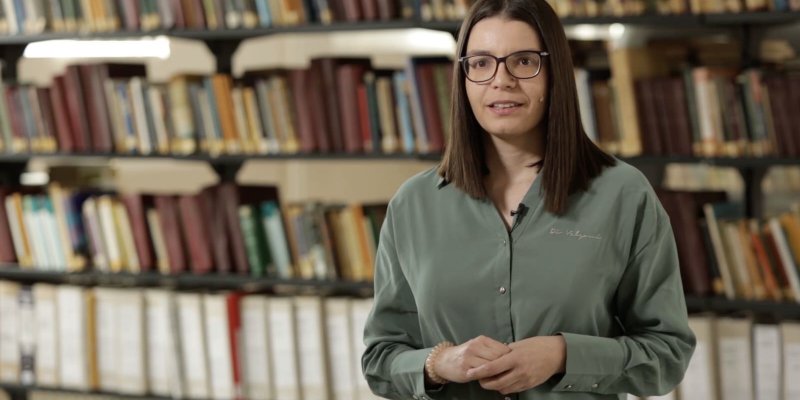Our understanding of planet and planetesimal formation has been revolutionized by the discovery of numerous exoplanetary systems and their debris discs. One exciting development is the detection of young systems that seem to have belts of planetesimals, but also unexpectedly have high amounts of gas. To explain these observations, Dr. Marija Jankovic from the Institute of Physics Belgrade is developing new computational models that incorporate all the critical physical processes involved in shaping the distribution of dust in these systems. For her research on young planetesimal belts, Marija was awarded the MSCA Postdoctoral Fellowship in 2022.
Marija uses numerical simulations to investigate how planetesimals and dust evolve through collisions. She is building upon existing simulations of gas-less discs by incorporating the dynamics of small dust grains in the presence of a gaseous disk. This will enable her to produce theoretical models of young planetesimal belts to compare with observations of real systems. In an interview with HPC Serbia, she explained how she uses HPC resources in her daily work.
Marija mentioned that she usually prefers to use the programming language C for numerical simulations as the programs written in C run faster than those written in other programming languages. Even when using supercomputers, it is important to consider the execution time. For small calculations and data analysis purposes, she uses the Python programming language as it offers numerous readily available libraries that are easy to import and use.
"Apart from PARADOX at the Institute of Physics Belgrade, I also utilized clusters at Imperial College London and the University of Cambridge," said Marija. She explained that "although supercomputers have different settings and processing power, they are also quite similar. Once you learn to use numerical physics methods on a large number of processors, that knowledge can be easily transferred to other computers and clusters."
 Image credit:
Image credit: 



